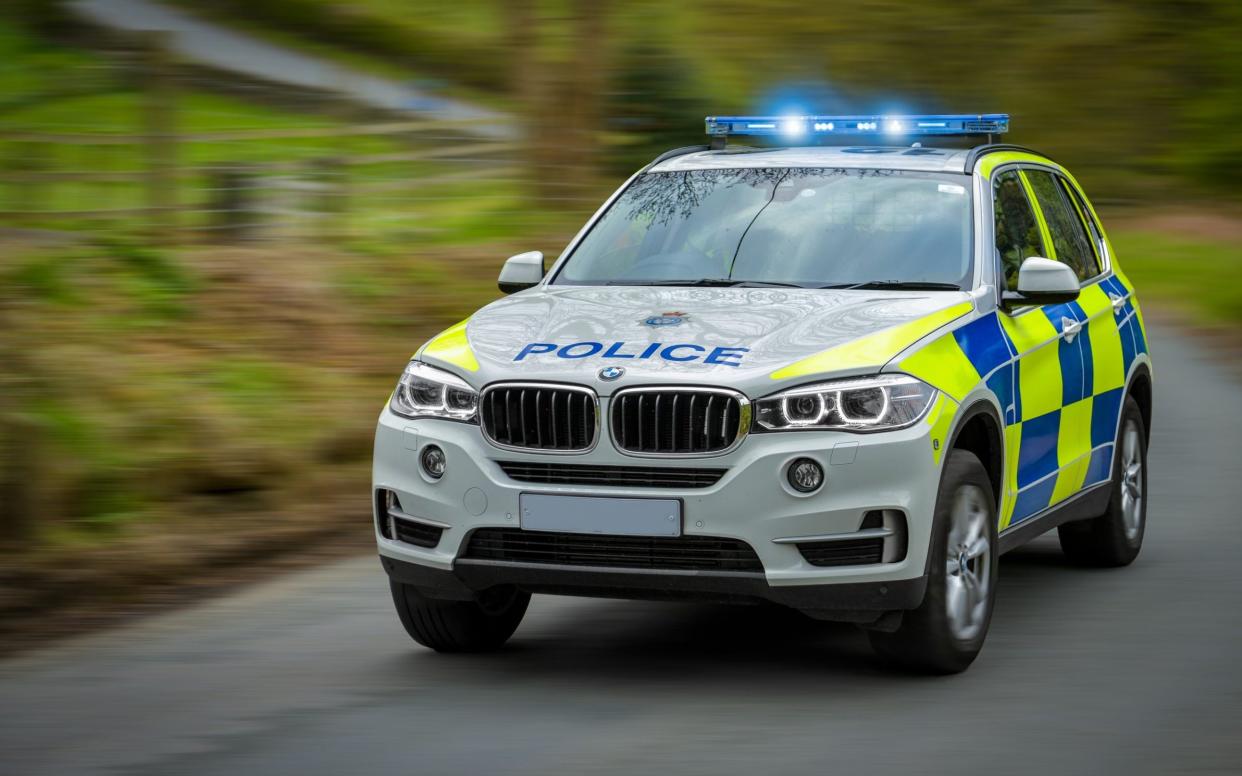Emergency services buy new sirens so drivers can ‘feel’ noise

Emergency services are turning to new sirens to ensure drivers of quiet modern cars feel the noise even when they cannot hear it.
Ambulance, police and fire services across the country have installed Rumbler sirens in their emergency vehicles to alert drivers in new, well-insulated cars that diminish outside noise.
The siren emits lower frequency signals that can be felt as vibrations, which penetrate modern cars more effectively, resulting in better response times, according to experts and manufacturers.
Ellis McMahon, managing director at installation firm Frontline Emergency Solutions, told The Telegraph that the Rumbler sirens penetrated heavily insulated cars and he was seeing an increase in interest from emergency services.
“Ever since we started installing them into cars on the road responders have been talking about how it has sped up response times,” he told the Telegraph.“When they get to junctions, they are finding that cars have moved already.”
According to Federal Signal, the company behind the siren, they work best in urban settings and deliver up to 10 decibels more sound pressure in vehicles, when compared to conventional models.
Unlike traditional sirens that send out high-pitched frequencies to alert traffic and pedestrians that they are coming, the Rumbler sends out a low frequency, which can be felt before it is heard. This also helps to distinguish which direction the vehicle is coming from.
They are used in tandem with traditional sirens and emit bursts of low-pitch sound like a subwoofer loudspeaker, making it almost impossible to miss oncoming emergency vehicles.
It comes as modern vehicles have become better insulated and more sound-proof, quietening outside noise.
Cars are getting quieter
Professor David Bailey, car industry expert at the Birmingham Business School, explained: “Cars are getting a lot quieter because of all the work being done to dampen sound.
“This is in the form of better windows, acoustic insulation, which try to reduce the noise coming into the cabin to improve driver experience, but in the process this could possibly shut out noise from emergency vehicles.”
Emergency service groups have begun using Rumbler sirens, with Greater Manchester Fire and Rescue Services installing
them on some of their engines, along with Gloucestershire and Leicestershire police forces that have also procured them.
The sirens are most popular with air ambulance support vehicles, and are used by Warwickshire and Northamptonshire and Air Ambulance, Great Western Air Ambulance and the Welsh Air Ambulance.
The Rumbler has been in operation in the US for several years, with the New York Police Department, which now widely uses it, first trialling the siren in the late 2000s.
Marc Emery, the UK and Ireland sales and marketing manager at supplier Standby RSG, said that while the usage of it in the UK was small currently, they were seeing an uptick in the amount of installations and people interested in the product.
He added: “If you look at the market size and the amount of vehicles being built, there is a potential for about 1,000 units a year in the police, and across all emergency services that could be 3,000.”
There has yet to be mass rollout on the NHS, firefighting or police forces owing to the cost, with a Rumbler costing over £1,800, significantly more than the price of a conventional siren.

 Yahoo News
Yahoo News 
